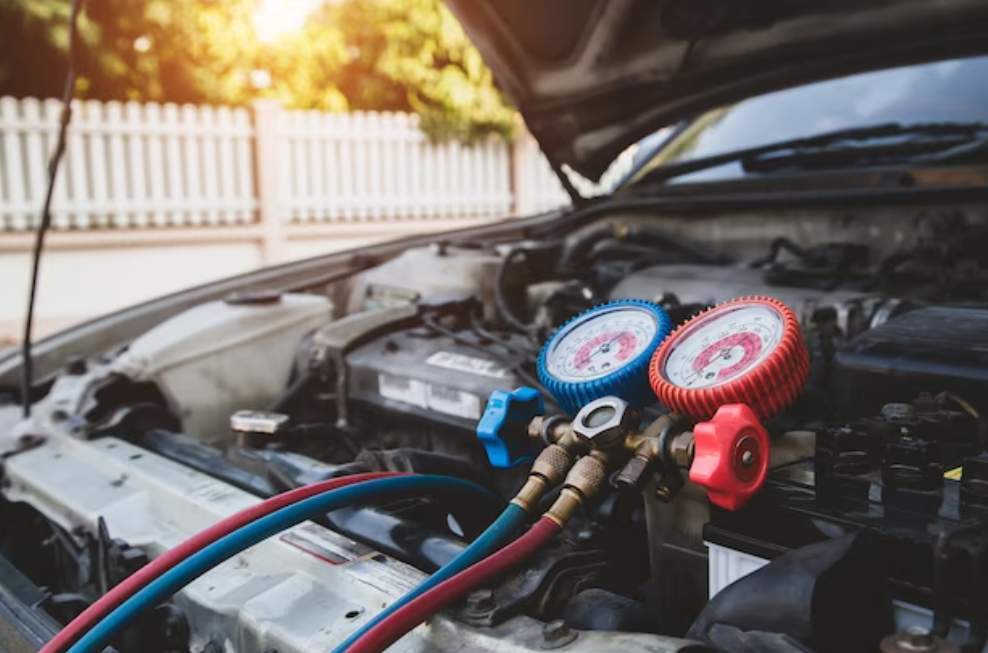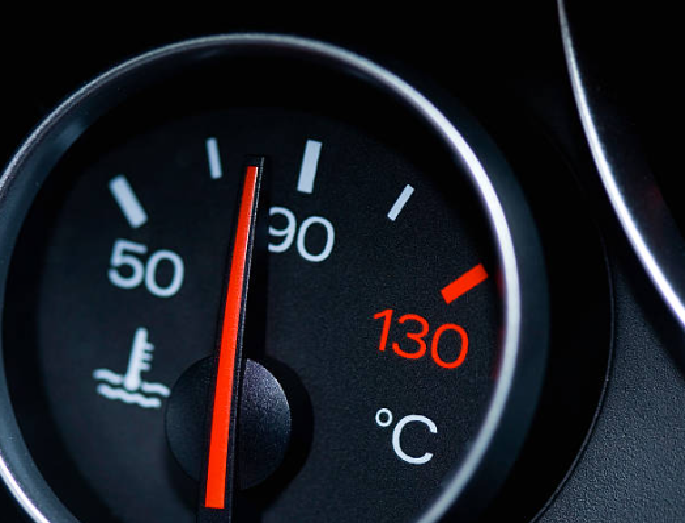How to Safely Jump Lead Your Car with Professional Advices
Would you be interested in jump lead ? Continue reading to learn more.

Knowing how to jump lead a car can be a useful skill when you're out on the road and getting stuck with an unresponsive engine. Knowing the basics of this procedure not only helps save time, it may also prevent damaging your battery or other parts in the engine. Whether you find yourself stranded without access to assistance or trying to help someone else in need, understanding how to properly jump start a car will take away any guesswork for starting up safely. In this comprehensive guide, we’ll look at what is necessary preparation steps before attempting a jump lead startup as well as detail each stage of the process so that anyone can react if called upon for such knowledge.
Why Jump Leads Are Necessary
For anyone who possesses a car, jump leads or jumper cables are an essential tool. If your car ever runs out of electricity, you wouldn't be able to start it without them. With enough voltage and amperage, jump leads can assist move energy from one cell to another and restart a stopped car.
There are several reasons why jump leads may be necessary for your vehicle. The most common reason is when your car doesn't have enough juice left in its battery to start the engine. Other reasons include faulty starter motors, damaged alternators, or corrosion on the terminals of the battery itself. In any case, having jump leads handy can help you avoid costly repairs or towing fees by allowing you to start your vehicle up yourself with minimal effort.
Preparing to Jump Start
Before attempting to jump start your car, make sure all safety precautions are taken into account. Make sure both vehicles involved are turned off and in park or neutral gear before connecting the jumper cables. Additionally, confirm that the battery terminals of both cars are clean before continuing as dirty or corroded terminals can cause sparks or other damage.
Attaching Cables
The jumper cables should now be attached, starting with the red cable clamp (positive) on the dead battery, followed by the black cable clamp (negative) on the deceased battery, the red cable clamp (positive) on the working battery, and lastly the black cable clamp (negative) on the working battery. Wait two minutes after connecting the wires before turning on either motor to allow it time to charge and develop enough power.
Starting Engine(s)
Now you're ready to begin jumping your vehicle! First turn on the engine for the car with functioning battery, then after about a minute try starting up the engine for your dead battery vehicle. If it has been successfully jumped off, let it run for at least 20 minutes after successfully connecting both batteries as this will help recharge your dead one fully before disconnecting everything.
Disconnecting Cables
Finally, after successfully recharging your battery disconnect all four clamps from each other in reverse order of when they were connected to avoid any damages or sparks! Once all clamps are off your car should now be running without issue again allowing you to drive away without issue!
-
Can I jump start a car if the batteries are different sizes?
It's not recommended to jump start a car if the batteries are different sizes or if the voltage ratings are significantly different. Doing so can damage the electrical systems in both vehicles.
-
How long should I let the working car run before trying to start the dead car?
It's recommended to let the working car run for at least five minutes before trying to start the dead car.
View a related article here: Tips For Making Your Car Go Faster














